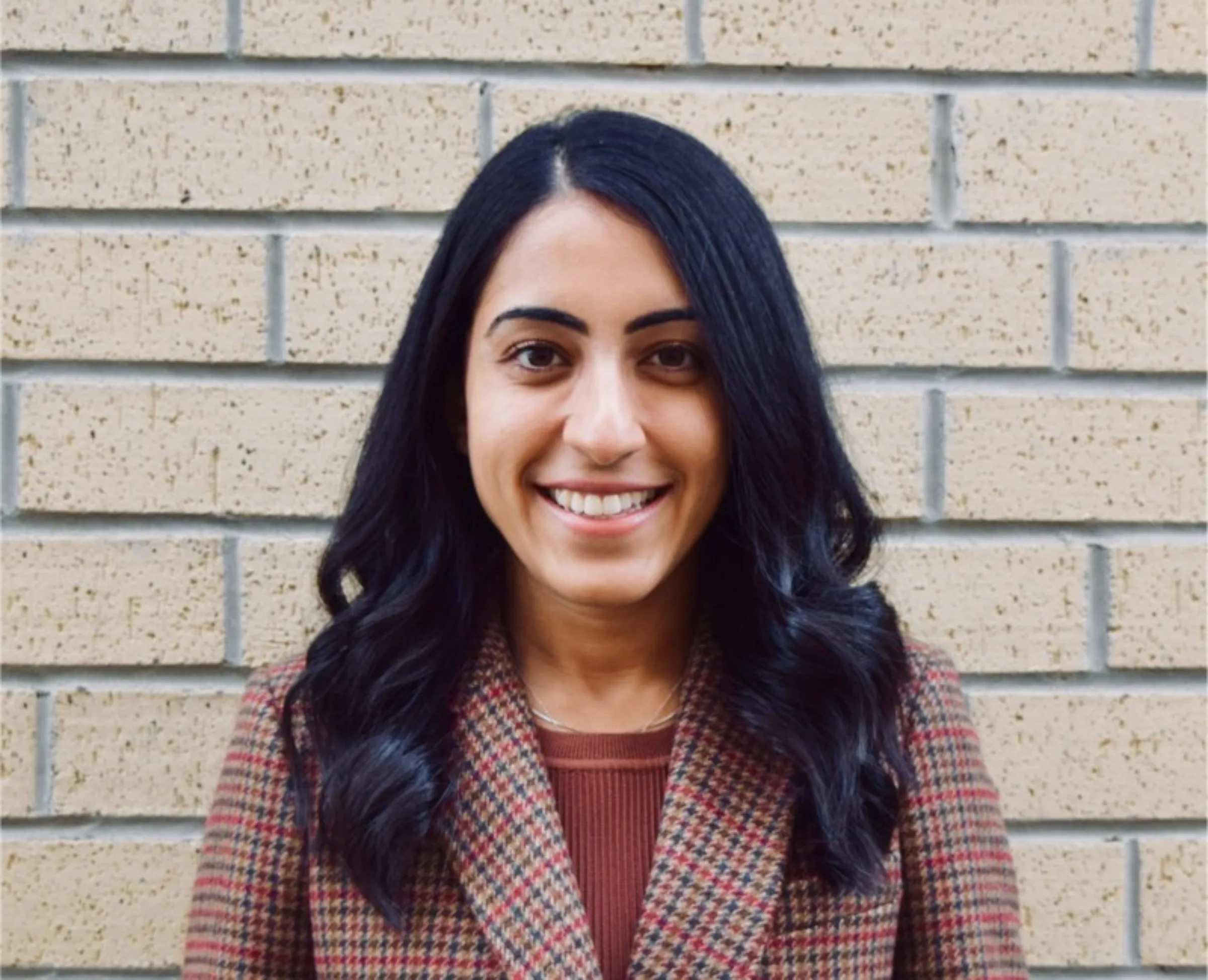Climate change is undermining financial inclusion for the poor

People sit in a boat following floods in Sehwan in Sindh province, Pakistan, September 2022. REUTERS/Yasir Rajput
New data shows microfinance services are reducing lending to climate-vulnerable farmers and small businesses in parts of Pakistan, jeopardising their ability to rebound after disasters.
Peter Zetterli is a senior finance specialist and Sabaa Notta is an inclusive finance specialist at CGAP, a global partnership working to expand financial inclusion for vulnerable communities.
As Pakistan faces increasingly frequent floods and droughts, new data indicates climate change is also threatening the country’s progress in ensuring everyone has access to basic financial services.
Financial inclusion is essential to help small businesses and low-income families recover and adapt to climate shocks, yet the rollback that seems to be happening in Pakistan likely points to a worrying global trend.
A new survey from CGAP and the Pakistan Microfinance Network (PMN) finds that, in the past decade, climate change has significantly eroded the ability of inclusive financial institutions in Pakistan to serve people exposed to climate risks.
It found nearly half of such institutions have reduced lending - and one in five have stopped lending altogether - in parts of Pakistan, due to the effects of climate change and the risk that people may be unable to repay loans if their crops and businesses take a hit.
The worst impacted regions are the eastern and southeastern provinces of Punjab and Sindh, which used to account for 90% of these institutions’ lending.
The survey also found that 40% have reduced lending to a particular sector, with agriculture and livestock/poultry the hardest hit, and that climate change has led to permanent branch closures in parts of the country.
For Pakistan’s vulnerable communities and small businesses, losing access to such services can be disastrous, particularly in the wake of a catastrophe like the devastating 2022 floods that impacted more than 33 million people.
With no access to finance, businesses can collapse, leaving people without income. Families may resort to pulling children out of school, selling important assets to free up cash, and taking out informal loans at high interest rates.
This also has gender implications - while women in Pakistan have significantly lower labour force participation than men, the women who do work are more than twice as likely to be employed in agriculture.
Although this report only studied Pakistan, it should be an alarming bellwether for all low- and middle-income countries concerned with climate adaptation and resilience, and the communities who have been benefitting from financial inclusion.
In Malawi, shopkeeper Kennedy Magamba knows only too well the value of swift access to cash in a disaster. When his store and stock were partially destroyed by cyclone Freddy in 2023, a recovery loan secured within four days from microfinance provider VisionFund supplied a lifeline. Without this, he is certain he would have lost his business and income.
Urgent action is clearly needed to stop backsliding on financial inclusion. But what can be done to better support financial institutions so they can continue serving the world’s most vulnerable communities, even in the face of climate shocks?
It’s essential that these institutions themselves undertake more robust climate-focused risk management, to better pre-empt and manage the risks that are currently causing them to withdraw.
Funders and governments will also need to help them shoulder climate risks – such as through credit guarantees, first-loss capital and, importantly, by helping them develop and expand lending in new ways that support climate adaptation and resilience.
First-loss capital is an initial layer of investment that takes the hit first if things go wrong, providing a degree of protection and confidence to other investors.
There are plenty of early examples pointing the way, including Oxfam Novib and Incofin’s climate-oriented funds, as well as broader solutions like VisionFund’s Ardis climate insurance programme.
A new World Bank fund to boost the resilience of Pakistan's microfinance sector is expected to benefit nearly 1.89 million people by providing financial resources to microfinance institutions to ensure they can continue services even when disasters strike.
Another critical way for financial institutions to reduce their climate risk exposure is to help the vulnerable families and small businesses that they serve to reduce theirs. As we’ve previously said, the industry has a long way to go on this front.
Ultimately, these findings from Pakistan serve as an early warning and a call to action – climate change is already undermining financial inclusion for the poorest, and reduced access to finance will only make it harder for these families to bounce back from disasters and adapt.
We now need more and better data from other countries on the scale and speed of this withdrawal, but above all a swift and determined effort to shore up the financial institutions that serve vulnerable populations facing climate impacts. There is already much to build on, but far more innovation and scaling is needed.
Any views expressed in this opinion piece are those of the author and not of Context or the Thomson Reuters Foundation.
Tags
- Extreme weather
- Adaptation
- Energy efficiency
- Climate policy
- Agriculture and farming
- Climate and health
- Climate inequality
- Water
Go Deeper
Related
Latest on Context
- 1
- 2
- 3
- 4
- 5
- 6
Most Read
- 1
- 2
- 3
- 4
- 5


















